Cats are enigmatic creatures, captivating humans with their unpredictable antics and unique behaviors. One behavior that often captures the curiosity of cat owners is kneading. This rhythmic pressing of paws against a soft surface, be it a blanket, pillow, or a human lap, is a common cat behavior that might seem mysterious. In this article, we’ll delve into the science behind why cats knead, examining various theories and shedding light on this fascinating feline habit.
The Origins of Kneading: Kittenhood Memories
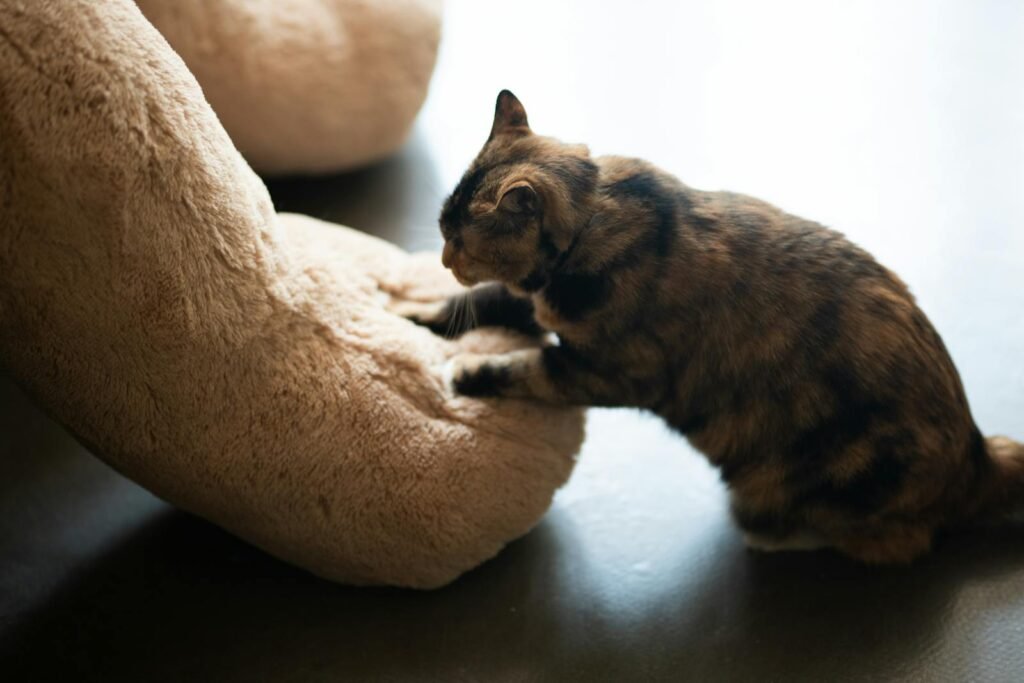
One widely accepted theory about cat kneading is that it is a comforting behavior rooted in their earliest experiences as kittens. When kittens nurse from their mother, they knead around the mother’s teat to stimulate milk flow. This action, associated with nourishment and warmth, is thought to remain comforting to cats throughout their lives, creating a sense of safety and contentment.
The Comfort and Relaxation Factor
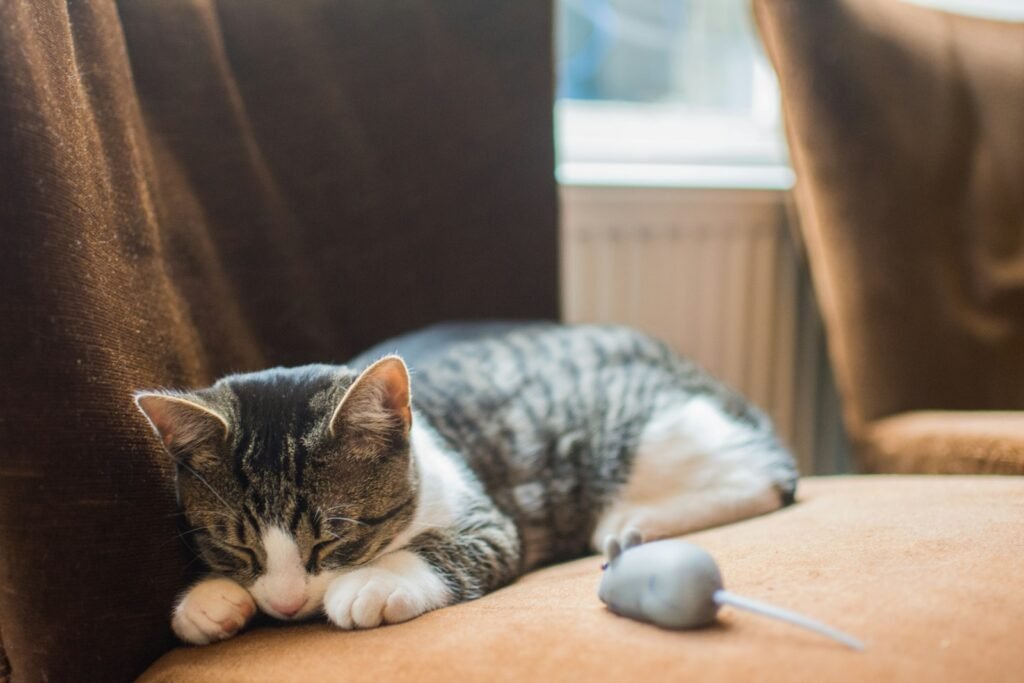
Kneading is often observed when cats are in a relaxed state, similar to when humans might engage in a soothing ritual while unwinding. The repetitive motion and the sensation it creates apparently help cats relax, reducing stress and sometimes even leading to a sleepy, trance-like state. It’s not unusual for a cat to purr contentedly as they knead, further indicating a sense of relaxation.
Marking Territory: A Biological Explanation
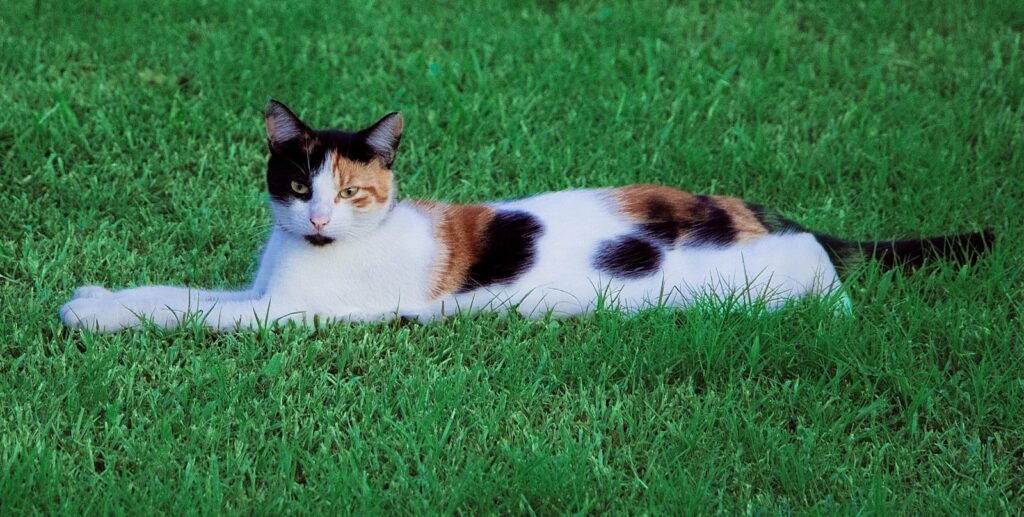
Another biological explanation for kneading is that it serves as a way for cats to mark their territory. Cats have scent glands located in their paws, and when they knead, they release pheromones. These chemical signals communicate ownership and environmental familiarity, telling other animals that this area is part of their dominion.
A Stretching Exercise
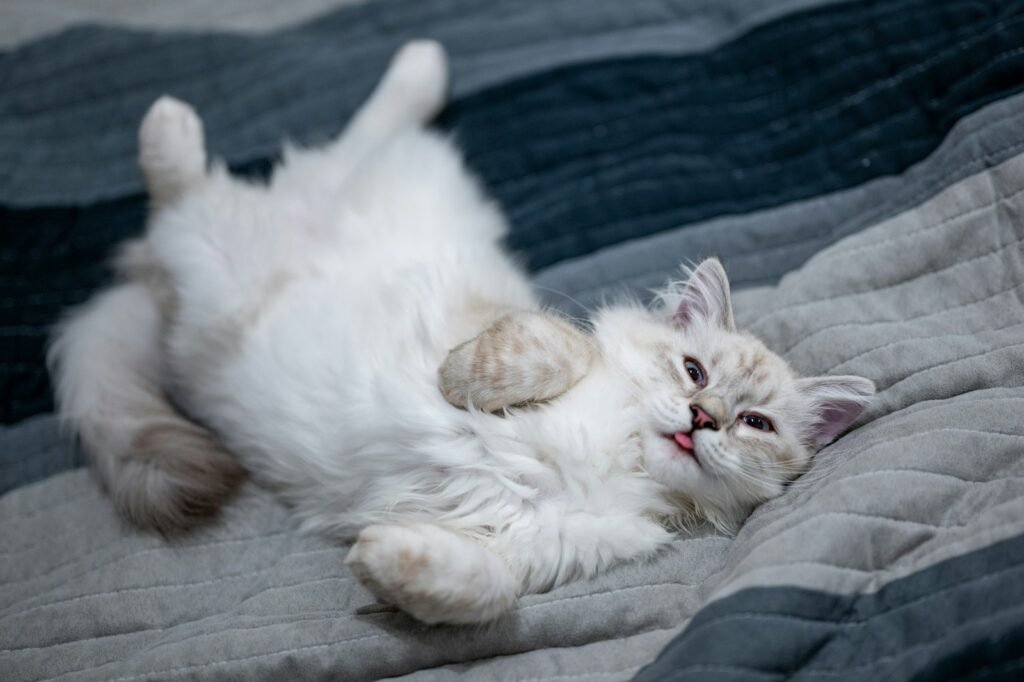
Kneading might also serve a practical physical purpose. Much like humans stretch to relieve muscle tension, cats may knead to limber up their muscles and keep their paws flexible and strong. This form of feline stretching could help maintain their readiness for physical activity or hunting.
Social Bonding with Humans
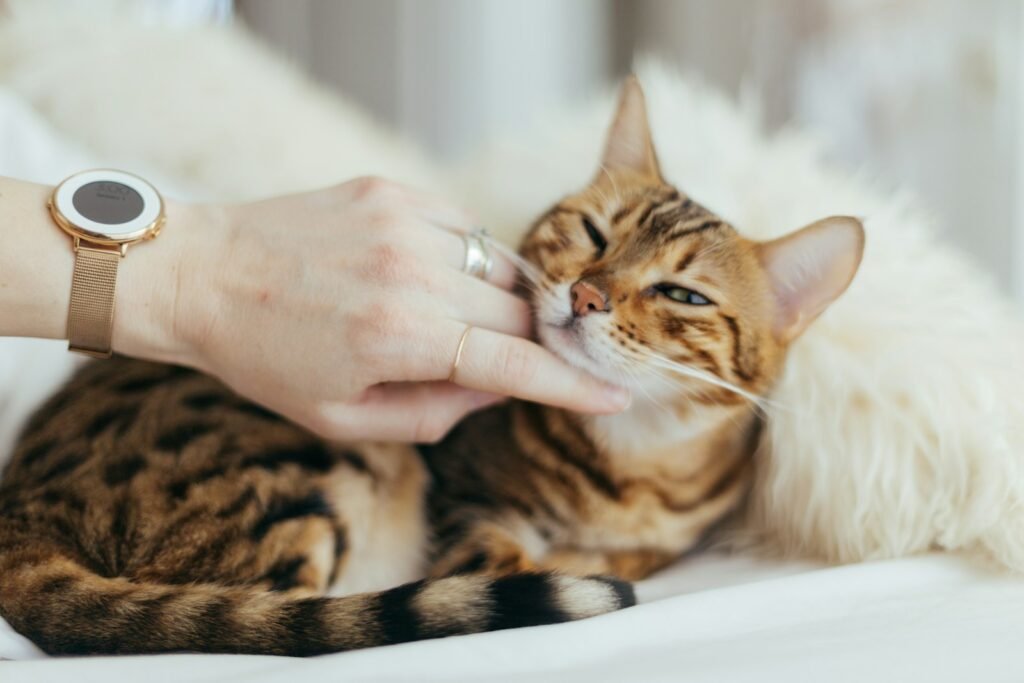
Kneading can also be a form of social bonding. When cats knead their owners, it is often interpreted as a sign of affection and trust. In the feline world, behaviors such as grooming and kneading enhance social bonds, and kneading humans can be seen as a parallel action where the cat is demonstrating a strong attachment to their human companion.
Instinctual Inheritance from Wild Ancestors
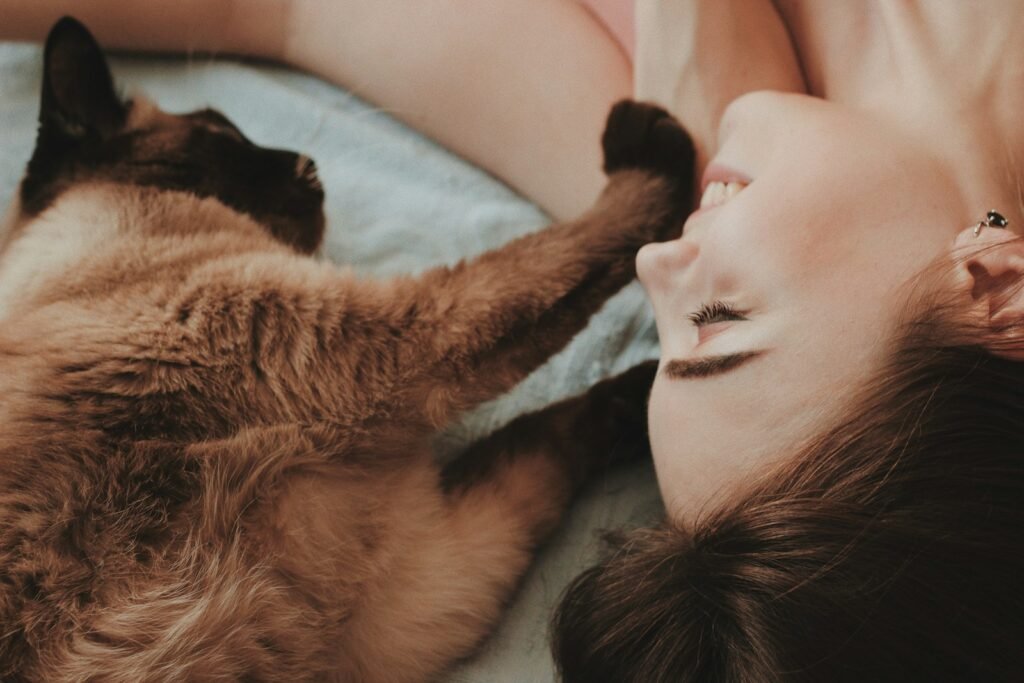
Wild feline ancestors may have contributed to the kneading behavior observed in domestic cats. It’s speculated that wild cats used kneading to create a comfortable sleeping area by pressing down grass or leaves in their natural habitat. This instinctual behavior could still manifest in domesticated cats, despite their soft indoor environments.
The Role of Evolution and Genetic Traits
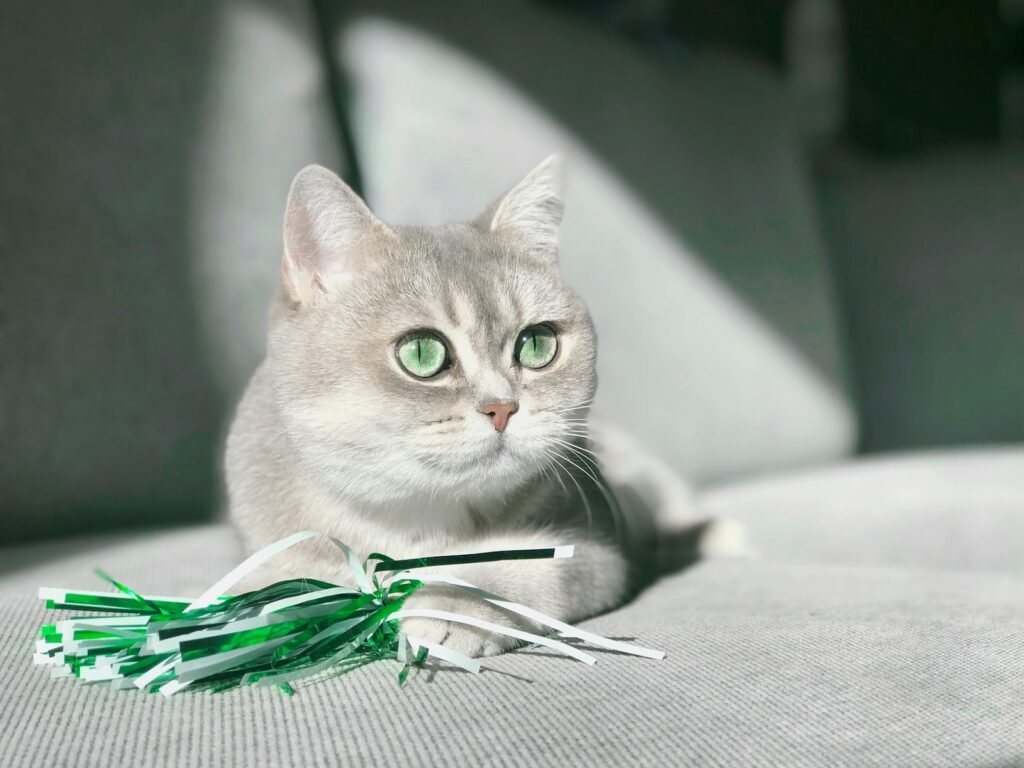
The propensity for cats to knead may also have an evolutionary basis. Certain behaviors that contribute to survival and well-being tend to be passed down through generations. Kneading could be an inherited, instinctual action that once had—or possibly still has—significant benefits for survival, comfort, or familial bonding.
Potential Links to Health and Well-Being
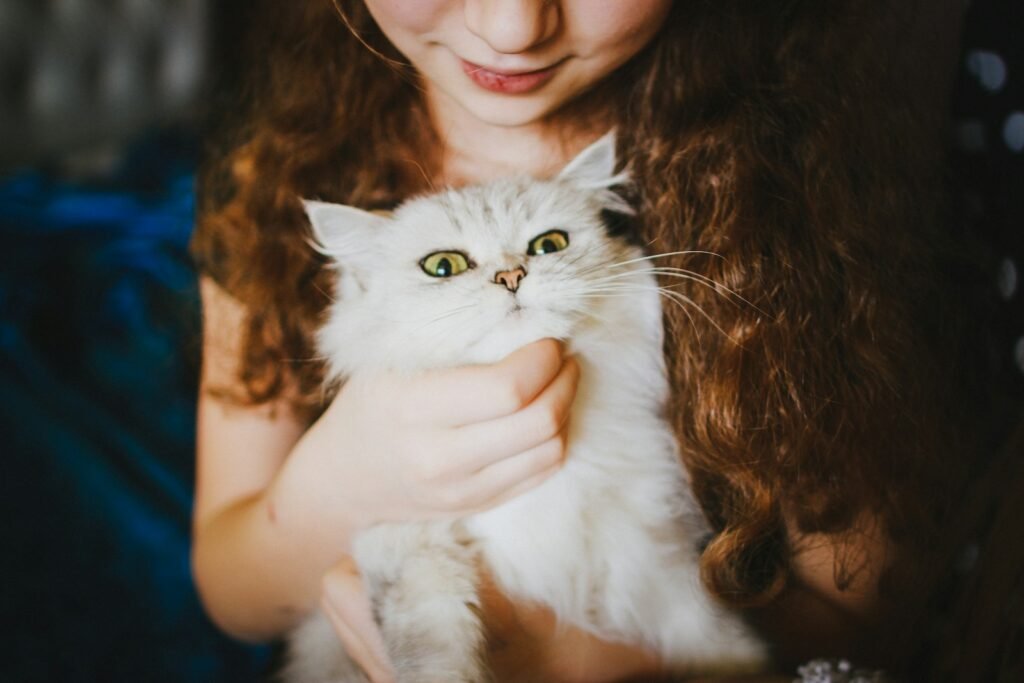
For some cats, kneading might be linked to health and well-being. Veterinary experts sometimes note that kneading may become more frequent if a cat is experiencing anxiety or other health challenges, especially if they display other symptoms. It can serve as an indicator for owners to pay closer attention to their cat’s overall health and behavior.
Conclusion: Feline Mysteries Unveiled
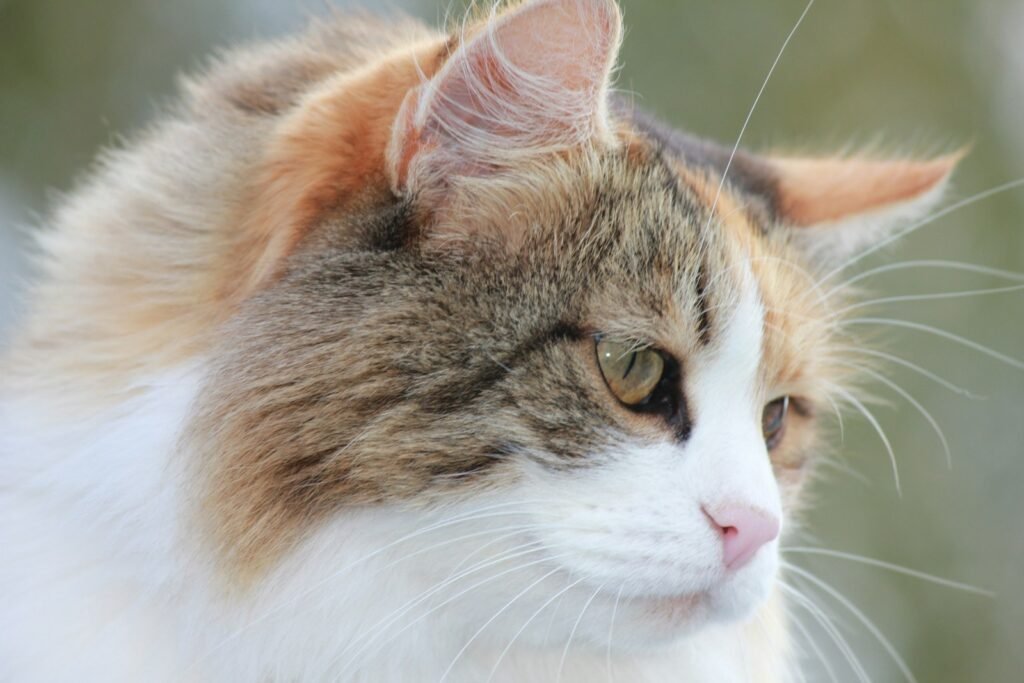
While kneading remains a captivating mystery in the world of feline behavior, understanding its possible origins and purposes helps us appreciate the intricacies of our feline friends. Whether it’s a soothing ritual from kittenhood, a way to mark territory, or simply a show of affection, kneading is a multifaceted behavior that highlights the complex relationship between cats and their environments, including the humans they share them with.

Suhail Ahmed is a passionate digital professional and nature enthusiast with over 8 years of experience in content strategy, SEO, web development, and digital operations. Alongside his freelance journey, Suhail actively contributes to nature and wildlife platforms like Feline Fam, where he channels his curiosity for the Feline into engaging, educational storytelling.
With a strong background in managing digital ecosystems — from ecommerce stores and WordPress websites to social media and automation — Suhail merges technical precision with creative insight. His content reflects a rare balance: SEO-friendly yet deeply human, data-informed yet emotionally resonant.
Driven by a love for discovery and storytelling, Suhail believes in using digital platforms to amplify causes that matter — especially those protecting Earth’s biodiversity and inspiring sustainable living. Whether he’s managing online projects or crafting wildlife content, his goal remains the same: to inform, inspire, and leave a positive digital footprint.






